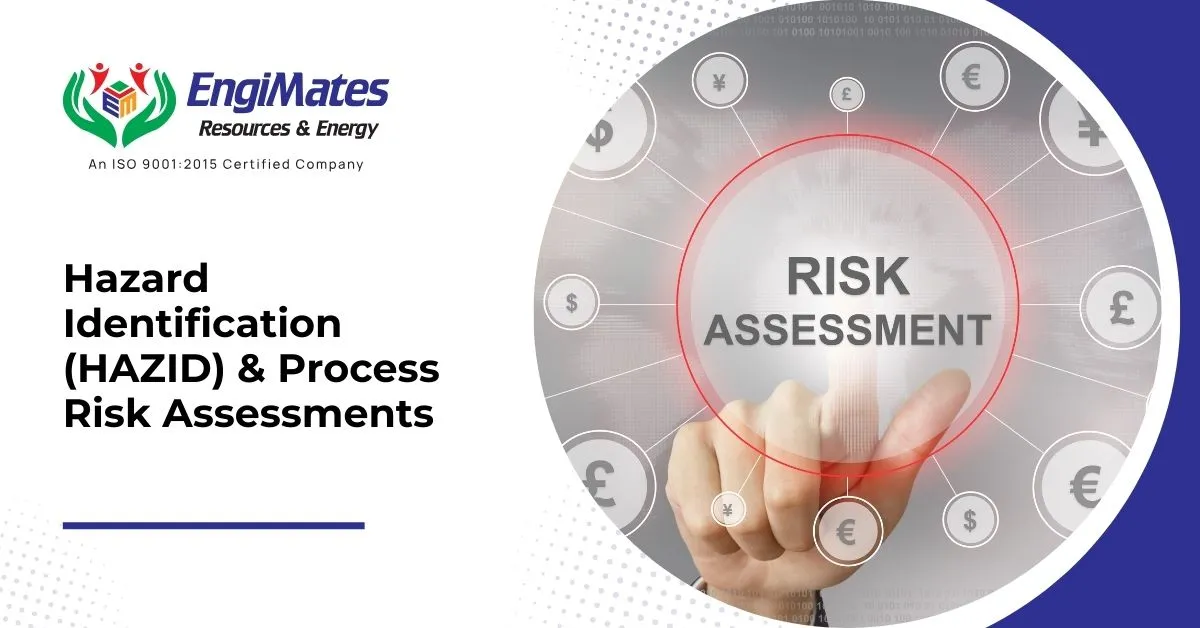In industries such as oil & gas, petrochemicals, and manufacturing, safety is paramount. Ensuring the…

A HAZOP (Hazard and Operability) study is a critical process for identifying potential hazards in industrial systems. However, many organizations make common mistakes that can compromise its effectiveness. This guide highlights key pitfalls and how to avoid them.
Table of Contents
1. Poor Team Selection
A successful HAZOP study requires a diverse team of experts. One common mistake is selecting team members who lack the necessary experience or domain knowledge.
Common Issues in Team Selection
| Mistake | Consequence |
| Lack of experienced members | Leads to incomplete hazard identification |
| Over-reliance on one discipline | Creates knowledge gaps |
| Absence of operator insights | Misses real-world operational challenges |
Solution:
- Include process engineers, safety experts, and operators.
- Ensure balanced representation from all relevant fields.
2. Inadequate Preparation
Many organizations start a HAZOP study without sufficient preparation, leading to wasted time and incomplete assessments.
Key Preparation Steps:
- Gather all necessary P&ID (Piping and Instrumentation Diagrams) and process flow diagrams.
- Define clear objectives and scope.
- Conduct pre-study training for participants.
3. Rushing Through the Process
A rushed HAZOP study results in missed hazards and ineffective risk assessments.
Signs of a Rushed HAZOP:
- Limited discussion on deviations.
- Skipping detailed analysis of guidewords.
- Avoiding in-depth risk mitigation strategies.
Solution: Allocate sufficient time and ensure a structured discussion for every potential deviation.
Need expert guidance for your HAZOP study? Contact us today!
4. Ignoring Minor Deviations
Some teams focus only on major hazards and overlook minor deviations, which can escalate into major failures.
Common Overlooked Deviations
| Minor Deviation | Potential Impact |
| Slight temperature increase | Equipment failure over time |
| Small pressure variations | Can lead to unexpected leakages |
| Inconsistent flow rate | Reduced process efficiency or unplanned shutdowns |
Solution: Treat all deviations with equal importance and analyze their long-term impacts.
5. Lack of Proper Documentation
Failure to document findings properly can render the HAZOP study ineffective.
Best Practices for Documentation:
- Record every discussion point and conclusion.
- Maintain structured reports for future reference.
- Use charts and flow diagrams for better visualization.
6. Not Implementing Recommended Actions
A HAZOP study is only useful if its findings are acted upon. Many organizations fail to implement the recommended corrective actions.
Solution:
- Assign accountability for each recommendation.
- Set deadlines for risk mitigation.
- Conduct periodic follow-ups to ensure execution.
Conclusion
Avoiding these common mistakes can significantly improve the effectiveness of your HAZOP study. By assembling the right team, preparing thoroughly, documenting properly, and following through with corrective actions, organizations can enhance safety and operational efficiency.




